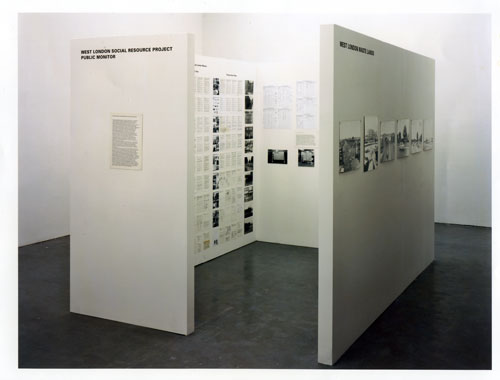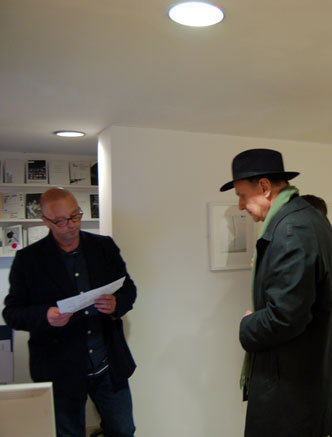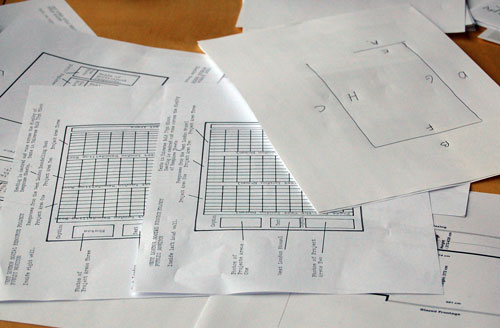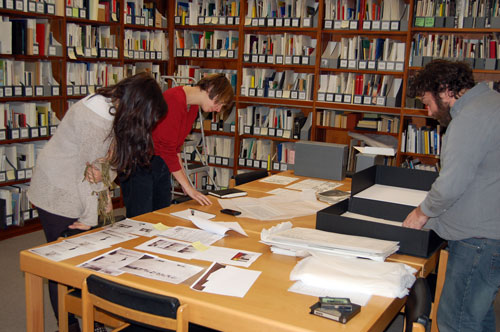Monitoring Stephen Willats (part two)
When Stephen Willats developed the West London Social Resource Project in 1972 its socially engaged, community-based participation was unlike any artwork made previously - door step discussions with different social groups in the suburbs of a capital city; information leaflets and window posters to signal involvement to neighbours; participants providing answers to questions concerning their homes and their neighbourhoods; completed question sheets collected and pinned up in public libraries - the participation of a large group of people normally excluded from “high” art and their engagement, opinions, and values being placed at the centre of the project was a truly radical shift in art practice.
But this left Willats with a dilemma - how to engage a wider audience, including art audiences, in this work situated away from the cultural centre. In order to address this, he devised a Public Monitor - a room within a room- at Gallery House in Exhibition Road, Kensington, London, which was shown simultaneously with the original material on display in suburban public libraries. The Public Monitor included photographs, 35mm slides, audio recordings and facsimile copies of the participants responses to questions about their neighbourhoods. The copies were made on the newly invented Xerox machine so both the notion of displaying photocopies as art and their high-tech production were completely new concepts.
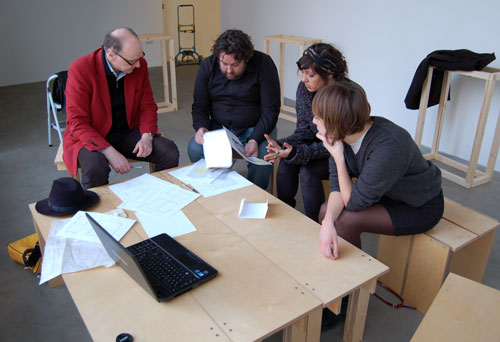
Stephen Willats discusses the layout for the Public Monitor with Gustavo Grandal Montero, Camilla Mason, and Barbara Elting
Since its original outing at Gallery House in the early 1970′s, the Public Monitor has been the vehicle to exhibit the West London Social Resource Project and has been recreated internationally. The usual design involves constructing an 8ft x 16ft (244cm x 488cm) free-standing room in which to install the materials from the project, however, as CHELSEA space itself has a not dissimilar proportion and has a distinctive interior design, Stephen Willats and Donald Smith began to devise a new layout which would incorporate aspects of the architecture such as the ramp wall and the main window.
As the materials for the West London Social Resource Project were acquired as a study resource for Chelsea School of Art (now Chelsea College of Art and Design) Stephen Willats sees the installation of the Public Monitor at CHELSEA space as an important marker in the life of the project. The materials have not been installed in London since the original Public Register Boards and Public Monitor over thirty years ago.


